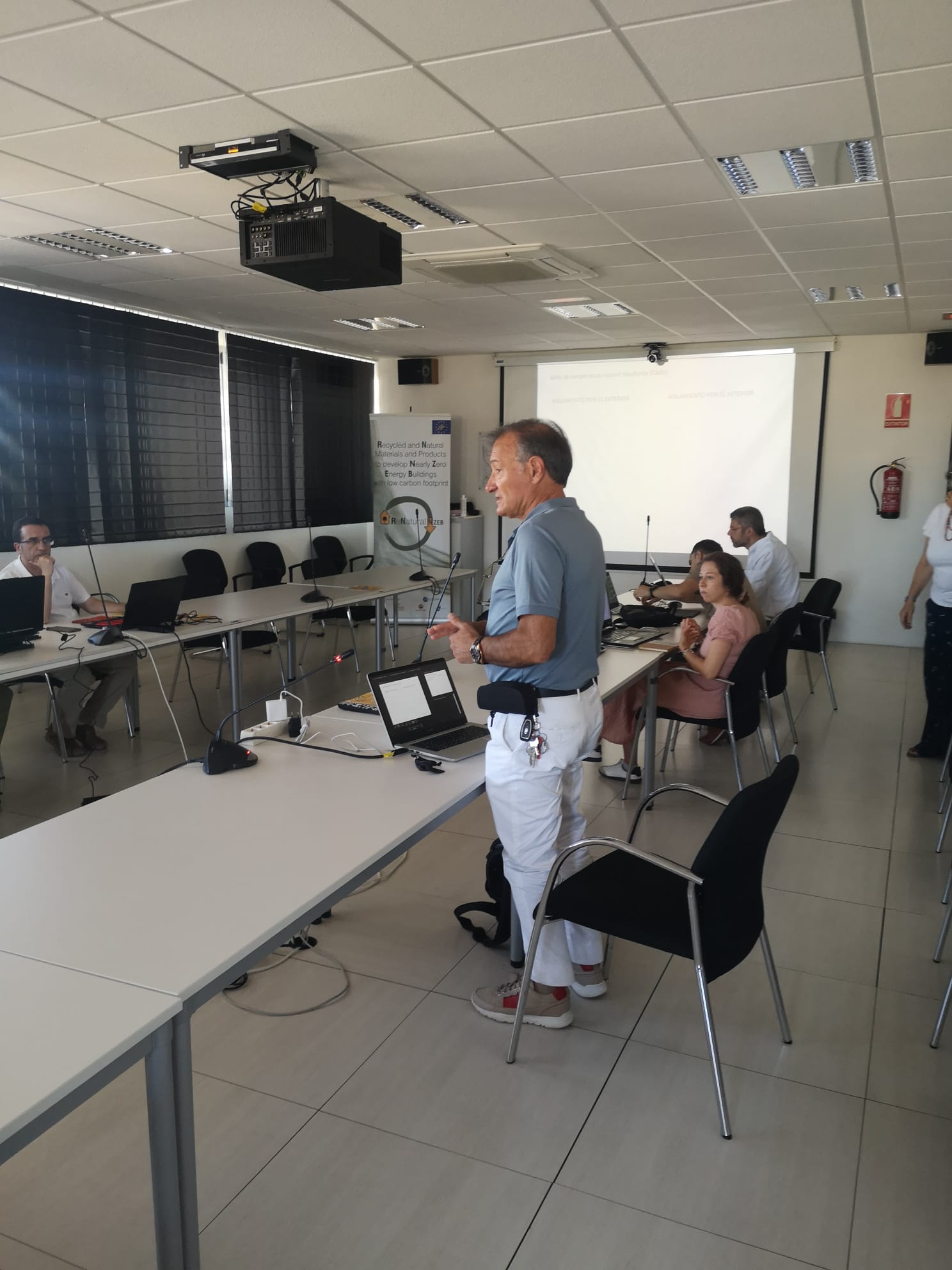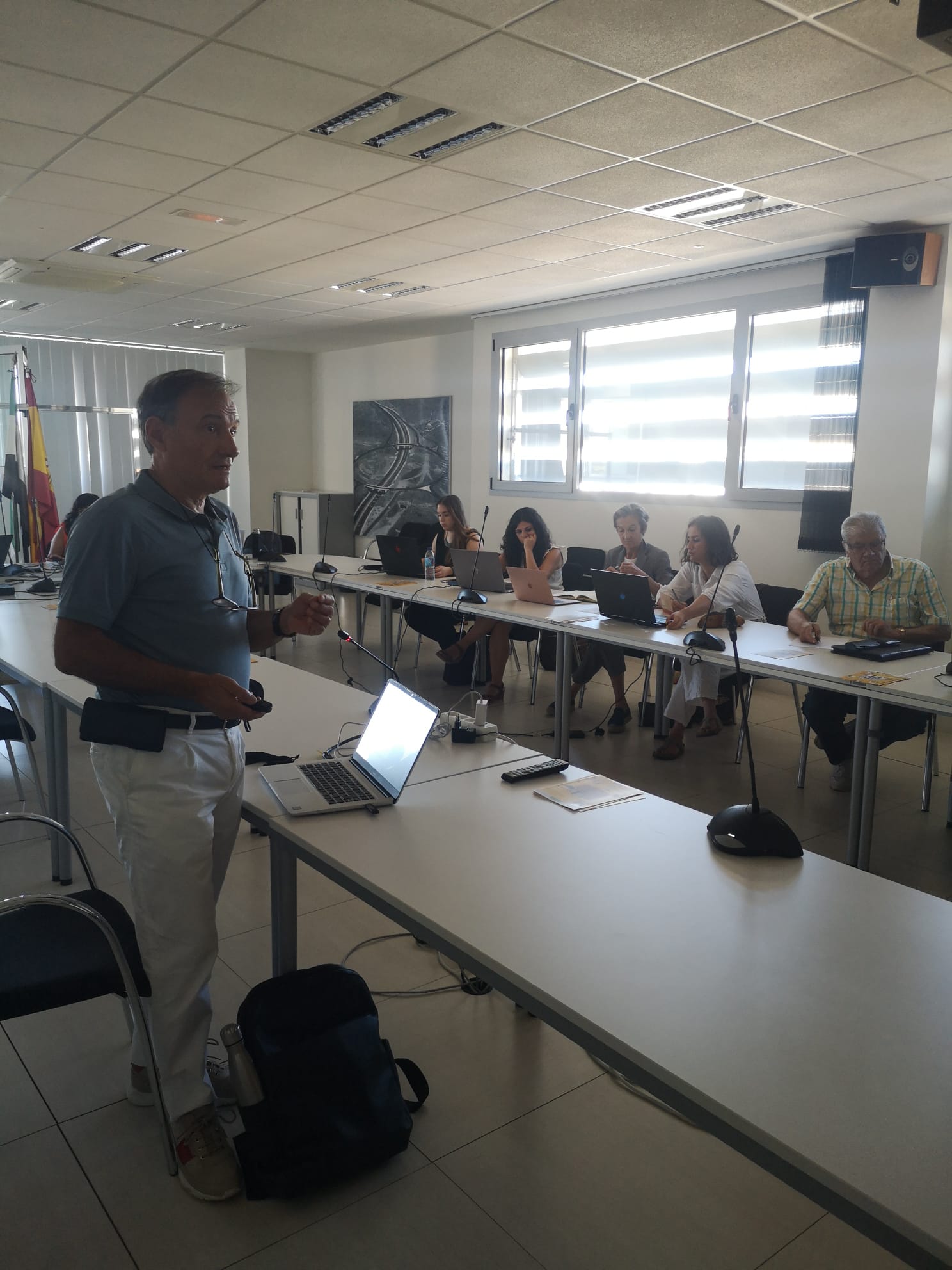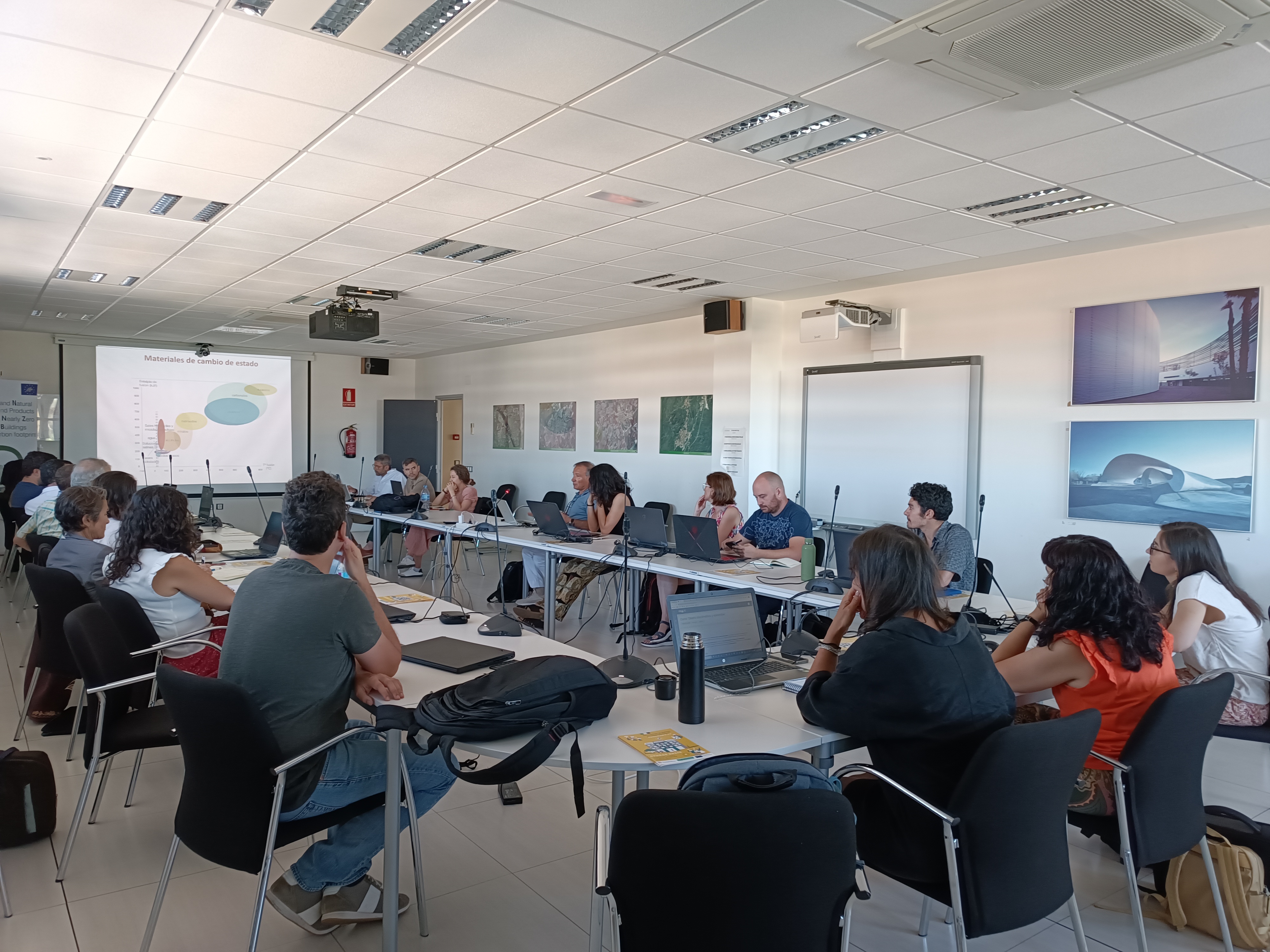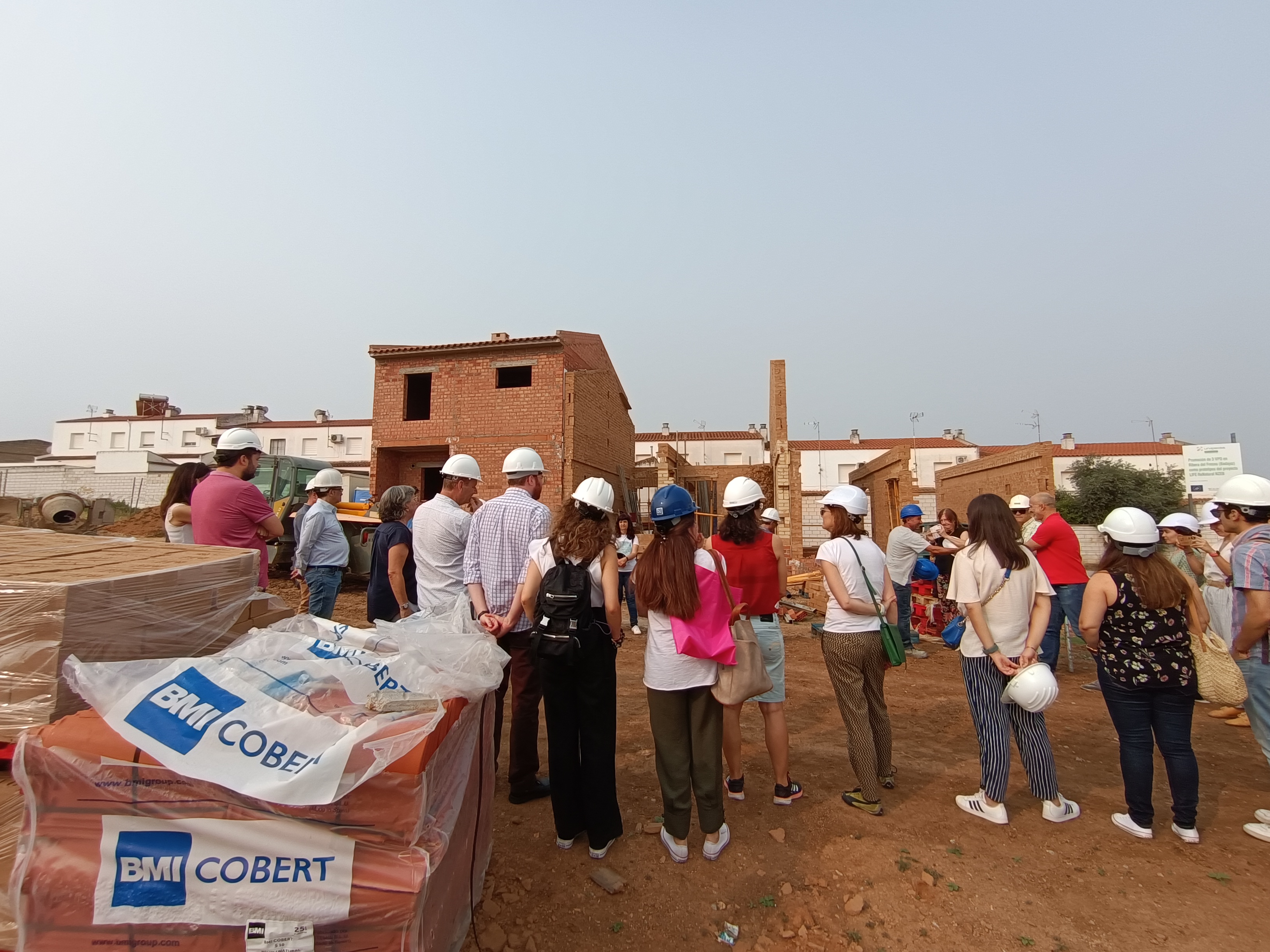
on 13 Jun 2023 5:30 PM
0 comments
The "Bioclimatic and Sustainable Design" course, organized by the Official College of Architects of Extremadura (COADE) and the General Directorate of Architecture and Building Quality (DGAyCE of the Ministry of Mobility, Transport and Housing of the Government of Extremadura) , in collaboration with the ASEMAS mutual fund and taught by Javier Neila, Doctor of Architecture and Professor of Bioclimatic Architecture and Environmental Conditioning at the Polytechnic University of Madrid and Director of the Master in Environment and Bioclimatic Architecture (MAYAB); addresses theoretical notions and practical knowledge linked to sustainability for their application in architecture (from project to implementation).
Through theoretical and practical workshops, bioclimatic and sustainable concepts are delved into, from traditional architecture to the present day, and their application in the bioclimatic rehabilitation of buildings.


Analyzing the needs of the property and its possibilities for the application of bioclimatic resources such as passive heating and cooling, natural ventilation, energy storage, etc. We can achieve more comfortable spaces by substantially reducing maintenance costs and environmental impact.
The training also addresses in practical workshops the use of bioclimatic design tools such as the preparation of climograms and sizing of solar protections, calculation of Canadian wells, ventilation systems, energy storage devices, etc.

As a complementary activity, a visit was made to the Ribera del Fresno works, demonstrator homes built with natural and recycled materials with a low carbon footprint and low cost.

During the course, the “Manual on bioclimatic design of buildings” of the Government of Extremadura was presented, by the General Director of Architecture and Building Quality, Alfonso Gómez Goñi.
A Manual for the selection and use of sustainable passive conditioning solutions. A document that should encourage reflection on the problems that the planet currently has due to climate change and overpopulation.



